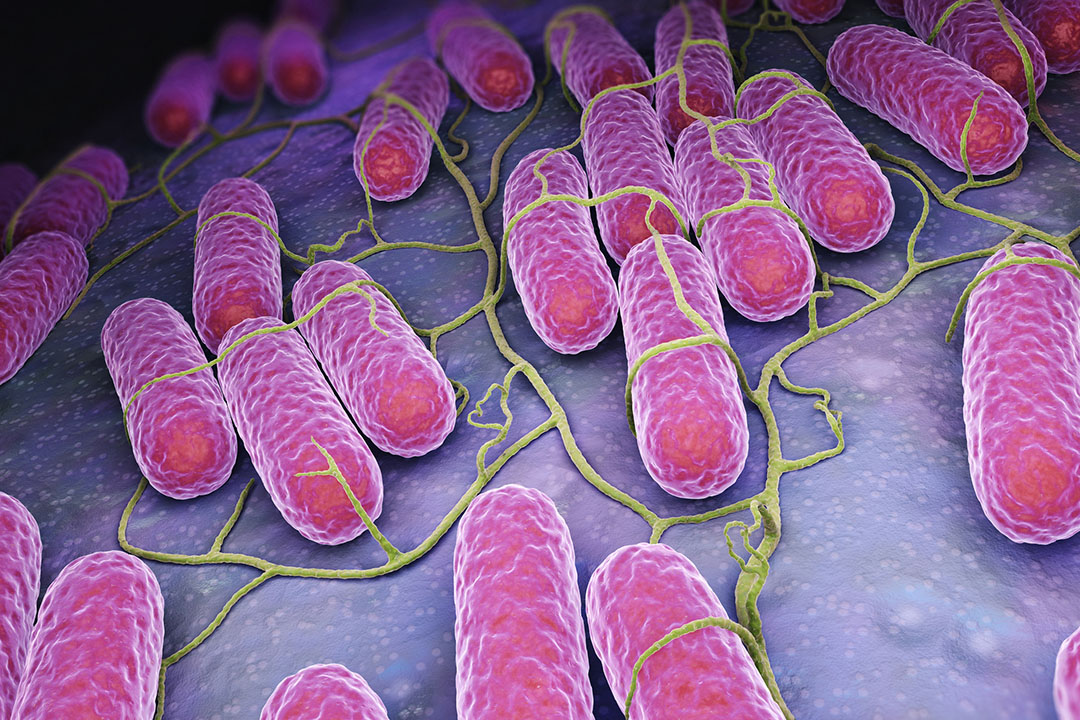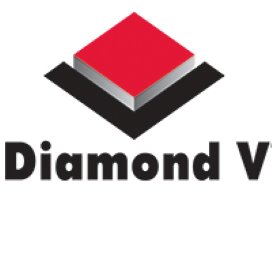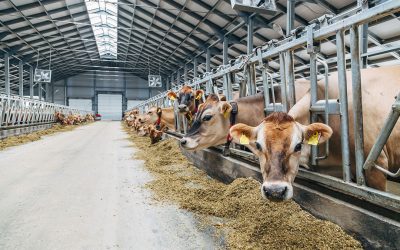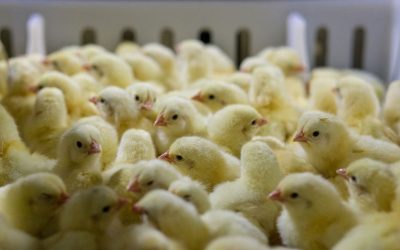Microbial ecology: Salmonella and the dairy calf

Besides faeces and other cattle, pathogenic vectors in the dairy farm can include feed, water, rodents, wild animals, flies, birds, etc. What are the producer’s management priorities to sustain dairy calf health?
A dairy farm in the simplest form is a population of dairy cattle living in barns, corrals, or pastures that surround a centralised milking parlour where animals are milked for commerce. However, co-existing on these facilities is another population, one that is often overlooked as it is invisible to the naked eye. It is the microbial population. The dairy farm’s microbial populace consists of a vast and diverse array of commensal and pathogenic micro-organisms that are easily transmitted. Among the pathogens, there are viruses, fungi, algae, protozoa, and bacteria. Among the bacteria, Salmonella can have an especially serious impact on calf health.
Salmonella – ecological vectors
Pathogenic serotypes of Salmonella enterica can reside as transient members of the intestinal microbial population within bovine species. Because there are many ways to transmit Salmonella, potential pathogens are often widely disseminated with the original source of infection being unknown.
Potential sources of contamination on commercial dairy facilities consist of incoming cattle, faeces, feed, water, rodents, wild animals, flies and birds, and the environment at large (Figure 1). Faecal Salmonella shedding among cattle can persist for extended durations following clinical disease, potentially resulting in the widespread environmental contamination and increasing the risk of within-herd transmission, especially in young or immuno-compromised animals.
Figure 1 – Faecal-oral transmission is the traditional route for a large number of the pathogens that can infect the calf, including Salmonella. However, faecal-oral transmission is not the only route. Salmonella is hardy – it can reside in cattle and the environment for up to 6 months. So, each infected part of the environment – calf, faeces, flies, rodents, water, feed, birds – can become a viable vector to transmit the pathogen. Cross-contamination between vectors also occurs. In addition, the dairy herd can include asymptomatic carriers.
Calf health is adversely affected by weather, stress, nutrition, exposure to infectious agents, and the calf’s successful passive transfer of antibodies. Physiological immaturity of the neonatal immune system is thought to render the newborn more susceptible to infectious disease than mature cattle until 6 to 8 months of age. Salmonella frequently colonises dairy calves and clinical salmonellosis appears to be most common in calves of 2 to 4 weeks of age.
Calves that succumb to a Salmonella infection typically present with clinical signs of disease including elevated rectal temperature, suppressed feed intakes, nasal discharge, and scours. Calf scours is attributed as the leading cause of death among milk fed calves, and, among infectious agents, Salmonella and Escherichia coli are considered the most economically devastating.
Controlling transmission – importance of protocols
Because of the importance of Salmonella in public and animal health, considerable effort has been expended to understand and, if possible, control the transmission of Salmonella and pathogenesis of salmonellosis in the dairy neonate. Current understanding and models of transmission dynamics of Salmonella within herds have been based on the assumption of faecal-oral dissemination in the animal population. However, recent investigations have found that, in addition to faecal-oral transmission, animals may also be infected with Salmonella in utero as well as transdermally post-partum.
Identifying critical points of potential contamination on farm may aid in minimising the exposure of these pathogens to the animals on farm. Whether it be designing protocols to disinfect calf bottles after each feeding or minimising cross-contamination of equipment used for manure management and animal feeding, each preventative measure aids in minimising the risk of a calf becoming ill. Critical points of contamination in a calf rearing operation are abundant and multi-faceted — some have direct implications while others may be indirect.

Protecting young calves
It is important to remember that calves are immunonaive at birth and they develop a functioning immune system over the next 6 to 12 months. Pathogenic bacteria are capable of surviving in the same environment for extended periods and remain capable of infecting young calves. Therefore, the environment we subject calves to needs to be as clean as possible. For instance, disinfecting hutches and the ground in between the cycle of weaning calves and bringing in new calves is a highly valuable practice. Disinfection methods include applying disinfectants to the hutch and ground that calves were previously housed on and allowing direct sunlight exposure.
The nutritional components of milk and milk replacer contain ample nutrients for pathogenic bacteria to persist and replicate at a high level. So, bottles and buckets used for feeding calves milk or milk replacer should be disinfected between each feeding. Reducing the dissemination of disease from sick animals to healthy animals on farm is a challenging task. Any faecal material or saliva from diseased animals that is exposed to healthy animals creates a risk for infection. Applying protocols that have workers change gloves or disinfect their hands in between handling these animals can help reduce the risk of horizontal transmission.
Protocols are key to success
A key component in maintaining a successful calf programme is creating precise protocols, applying the protocols, and minimising protocol drift on farm. This should begin with colostrum management for neonates and follow through weaning. Each critical intervention with a calf should have a protocol, including transport, vaccinations, castrating, dehorning, treatments, and weaning. Aside from being an adequate tool used for maintaining checks and balances, protocols aid in minimising stress to the animal. Stress in the body is coupled with the secretion of cortisol, which in turn suppresses the immune system and leaves calves more susceptible to becoming sick.
Both the calf herself and the diverse microbial communities she carries are part of the complex microbial ecology of the dairy farm. Pathogenic bacteria like Salmonella are part of that ecology. Reducing the impact of Salmonella on the dairy operation means getting better control of vectors of infection – not just faecal-oral transmission – while providing optimal nutritional health support for the calf’s developing immune system.
Author: Devin Hanson, PhD, Ruminant Field Technical Specialist, Diamond V
References available on request




